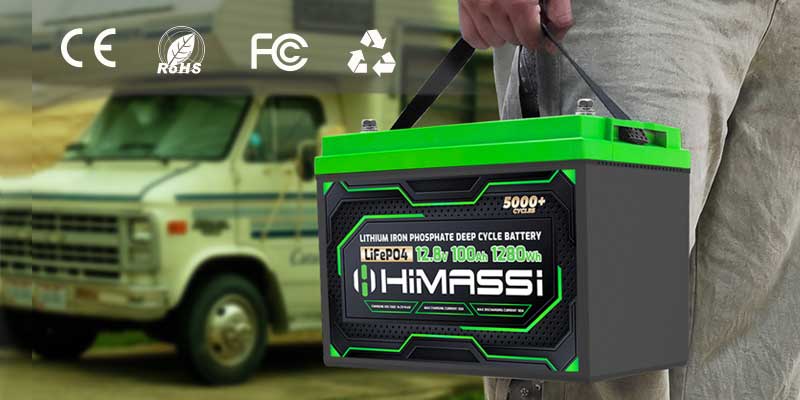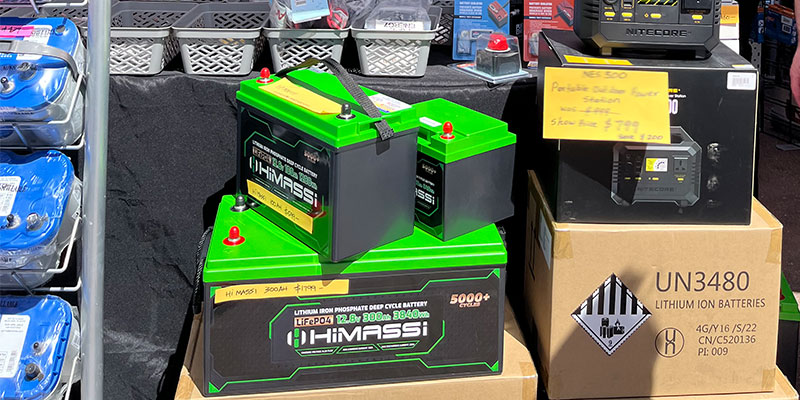LiFePO4 Batteries In Series Vs Parallel: What Are The Differences?
Connecting LiFePO4 battery in parallel is when you connect two or more batteries together to increase the amp-hour capacity. With a parallel battery connection the capacity will increase, however the battery voltage will remain the same.
For example, if you connect four 12V 100Ah batteries in parallel, you would get a 12V 400Ah LiFePO4 battery system.
When connecting batteries in parallel, the negative terminal of one battery is connected to the negative terminal of the next and so on through the string of batteries. The same is done with positive terminals.
Batteries connected in parallel must be of the same voltage, i.e. a 12V battery can not be connected in parallel with a 6V battery. It is best to also use batteries of the same capacity when using parallel connections.

Connecting batteries in series is when you connect two or more batteries together to increase the battery systems overall voltage, connecting batteries in series does not increase the capacity only the voltage.
For example if you connect four 12V 200Ah batteries you will have a battery voltage of 48V and battery capacity of 200Ah.
To connect a group of batteries in series you connect the negative terminal of one battery to the positive terminal of another and so on until all batteries are connected. You would then connect a link/cable to the negative terminal of the first battery in your string of batteries to your application, then another cable to the positive terminal of the last battery in your string to your application.
To configure batteries with a series connection each battery must have the same voltage and capacity rating, or you can potentially damage the batteries. For example you can connect two 6Volt 10Ah batteries together in series but you cannot connect one 6V 10Ah battery with one 12V 20Ah battery.



